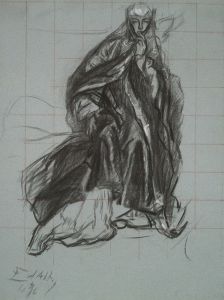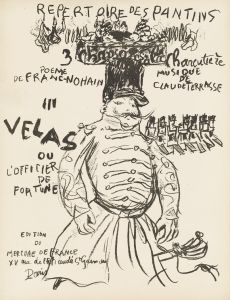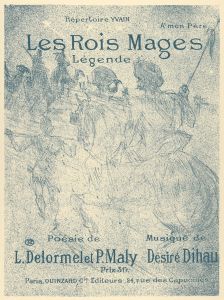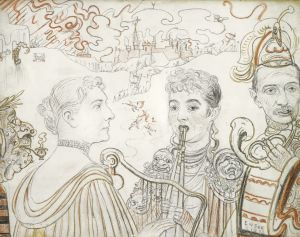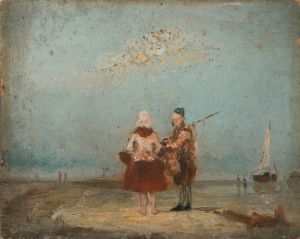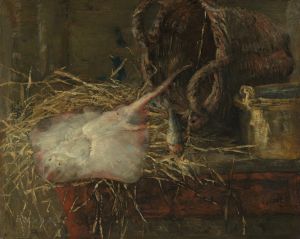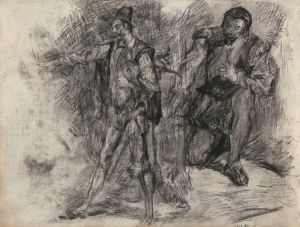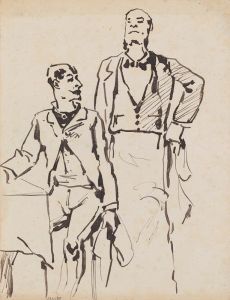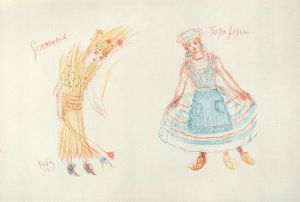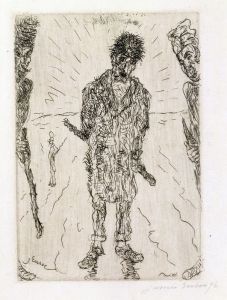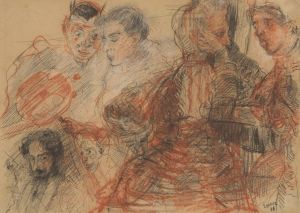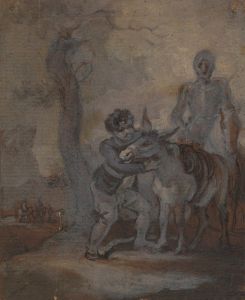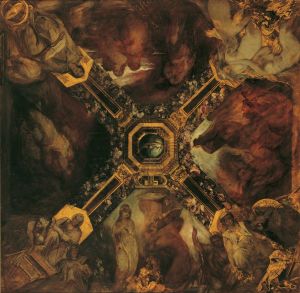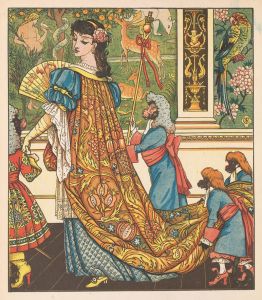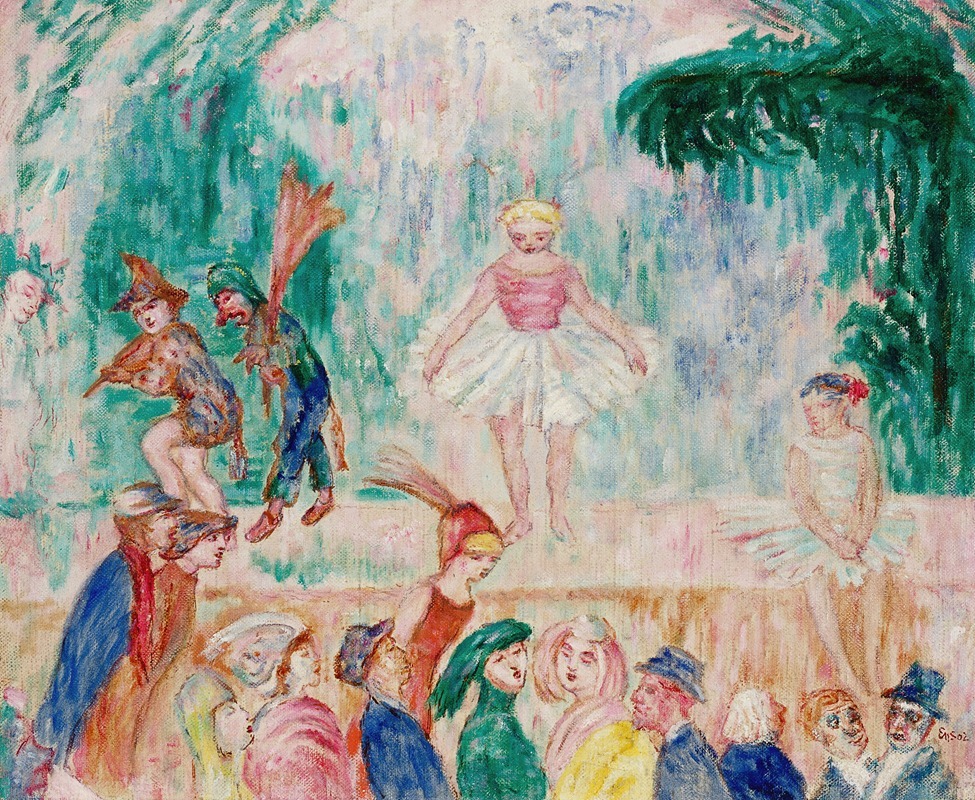
Petit théâtre
A hand-painted replica of James Ensor’s masterpiece Petit théâtre, meticulously crafted by professional artists to capture the true essence of the original. Each piece is created with museum-quality canvas and rare mineral pigments, carefully painted by experienced artists with delicate brushstrokes and rich, layered colors to perfectly recreate the texture of the original artwork. Unlike machine-printed reproductions, this hand-painted version brings the painting to life, infused with the artist’s emotions and skill in every stroke. Whether for personal collection or home decoration, it instantly elevates the artistic atmosphere of any space.
James Ensor was a Belgian painter and printmaker, an important figure in the development of Expressionism and Surrealism. His work is known for its bold use of color and its often grotesque, satirical subject matter. One of his notable works is "Petit théâtre," which translates to "Little Theater" in English.
"Petit théâtre" is a painting that reflects Ensor's fascination with theatrical and carnival themes, which are recurrent motifs in his oeuvre. Ensor's interest in theater and masks can be traced back to his childhood, as he grew up in Ostend, Belgium, where his family owned a curiosity shop filled with exotic items, including masks and costumes. This environment had a profound influence on his artistic vision.
The painting "Petit théâtre" captures a scene that is both whimsical and eerie, a characteristic feature of Ensor's style. It depicts a small, intimate theater setting, populated by figures wearing masks and costumes. These figures are often exaggerated and distorted, embodying the grotesque and the absurd. Ensor's use of masks serves as a metaphor for the hidden aspects of human nature and the societal roles people play.
Ensor's palette in "Petit théâtre" is vibrant and dynamic, employing a range of colors that enhance the theatricality of the scene. His brushwork is expressive, contributing to the overall sense of movement and chaos within the composition. The painting's composition is carefully arranged to draw the viewer's eye across the scene, inviting them to explore the various characters and interactions depicted.
The themes present in "Petit théâtre" are reflective of Ensor's broader artistic concerns. He often explored the tension between reality and illusion, the individual and society, and the sacred and the profane. His work frequently critiques social norms and the hypocrisy he perceived in the world around him. The use of theatrical imagery allowed Ensor to explore these themes in a manner that was both engaging and unsettling.
James Ensor's contribution to modern art is significant, and "Petit théâtre" is a testament to his innovative approach to painting. His work paved the way for later movements such as Expressionism, influencing artists who sought to convey emotional and psychological depth through their art. Ensor's unique vision and his ability to blend humor with horror have ensured his place in the canon of modern art.
"Petit théâtre" remains an important work within Ensor's body of work, exemplifying his distinctive style and thematic preoccupations. It continues to be studied and appreciated for its artistic merit and its insight into the complexities of human nature and society.





